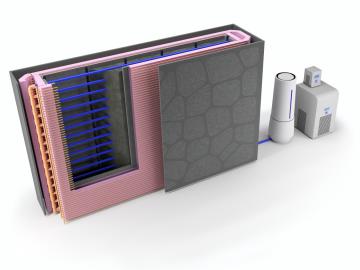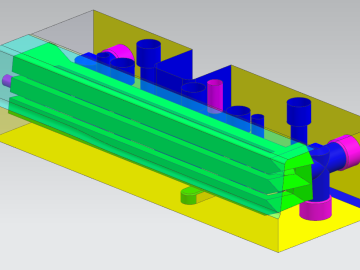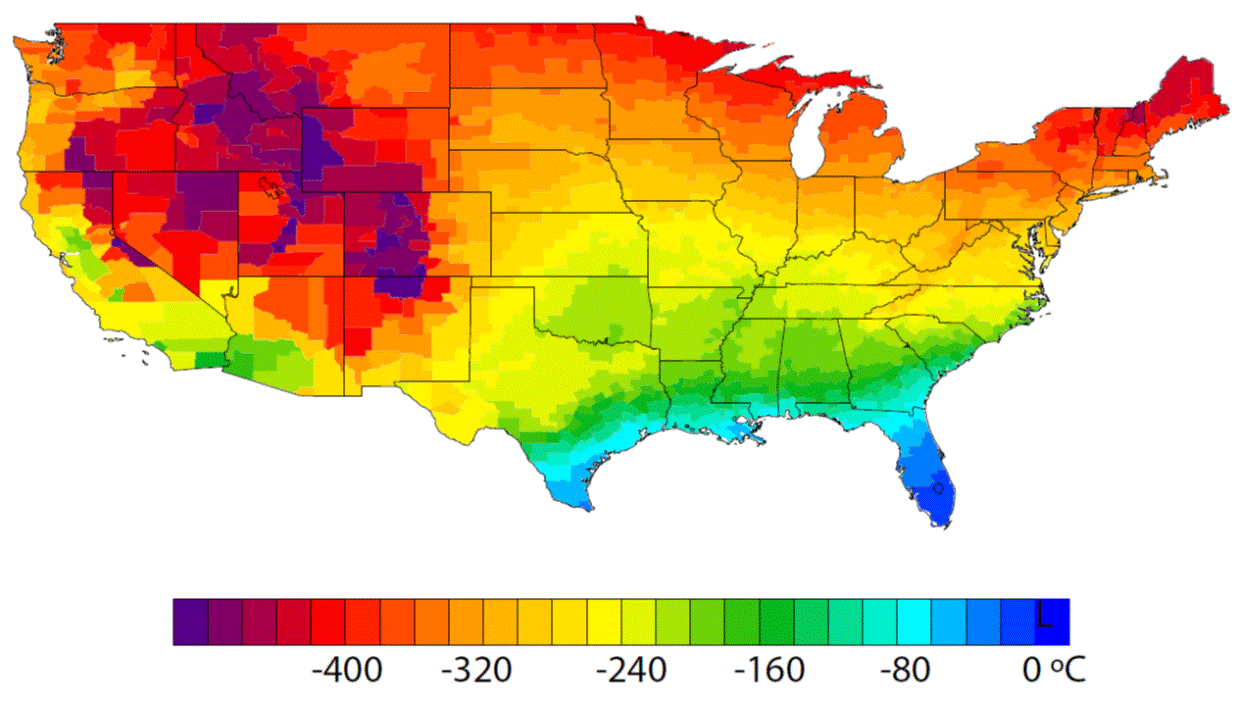
Filter News
Area of Research
- (-) Energy Science (44)
- (-) Quantum information Science (3)
- Advanced Manufacturing (11)
- Biology and Environment (8)
- Building Technologies (2)
- Computational Engineering (2)
- Computer Science (10)
- Electricity and Smart Grid (1)
- Fusion and Fission (1)
- Fusion Energy (7)
- Materials (8)
- Materials for Computing (4)
- Mathematics (1)
- National Security (3)
- Neutron Science (1)
- Nuclear Science and Technology (4)
- Nuclear Systems Modeling, Simulation and Validation (1)
- Sensors and Controls (1)
- Supercomputing (17)
News Topics
- (-) 3-D Printing/Advanced Manufacturing (23)
- (-) Big Data (1)
- (-) Computer Science (12)
- (-) Grid (16)
- (-) Machine Learning (2)
- (-) Quantum Science (3)
- Artificial Intelligence (1)
- Bioenergy (2)
- Biology (2)
- Biomedical (1)
- Biotechnology (1)
- Buildings (13)
- Chemical Sciences (1)
- Clean Water (4)
- Composites (9)
- Coronavirus (2)
- Critical Materials (4)
- Cybersecurity (1)
- Energy Storage (21)
- Environment (15)
- High-Performance Computing (1)
- Hydropower (2)
- Materials (12)
- Materials Science (9)
- Mathematics (1)
- Mercury (1)
- Microscopy (2)
- Nanotechnology (1)
- Nuclear Energy (1)
- Physics (1)
- Polymers (5)
- Simulation (1)
- Space Exploration (2)
- Statistics (1)
- Transportation (26)
Media Contacts

Oak Ridge National Laboratory researchers used additive manufacturing to build a first-of-its kind smart wall called EMPOWER.

Oak Ridge National Laboratory researchers have developed a machine learning model that could help predict the impact pandemics such as COVID-19 have on fuel demand in the United States.

Researchers at Oak Ridge National Laboratory developed a method that uses machine learning to predict seasonal fire risk in Africa, where half of the world’s wildfire-related carbon emissions originate.

Researchers at Oak Ridge National Laboratory demonstrated a 20-kilowatt bi-directional wireless charging system on a UPS plug-in hybrid electric delivery truck, advancing the technology to a larger class of vehicles and enabling a new energy storage method for fleet owners and their facilities.

Researchers at ORNL demonstrated that sodium-ion batteries can serve as a low-cost, high performance substitute for rechargeable lithium-ion batteries commonly used in robotics, power tools, and grid-scale energy storage.

To better determine the potential energy cost savings among connected homes, researchers at Oak Ridge National Laboratory developed a computer simulation to more accurately compare energy use on similar weather days.

Researchers demonstrated that an additively manufactured hot stamping die can withstand up to 25,000 usage cycles, proving that this technique is a viable solution for production.

A team including Oak Ridge National Laboratory and University of Tennessee researchers demonstrated a novel 3D printing approach called Z-pinning that can increase the material’s strength and toughness by more than three and a half times compared to conventional additive manufacturing processes.

A detailed study by Oak Ridge National Laboratory estimated how much more—or less—energy United States residents might consume by 2050 relative to predicted shifts in seasonal weather patterns

Scientists at Oak Ridge National Laboratory studying quantum communications have discovered a more practical way to share secret messages among three parties, which could ultimately lead to better cybersecurity for the electric grid


